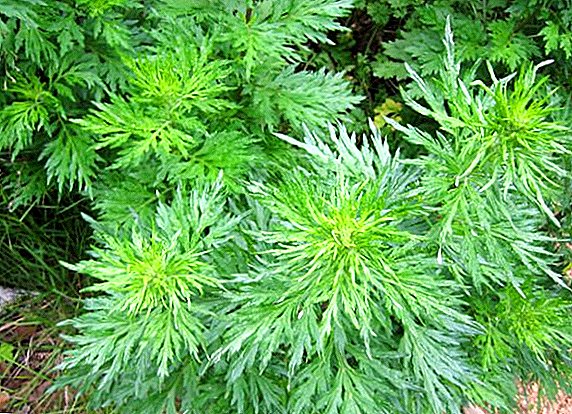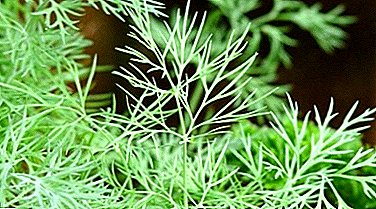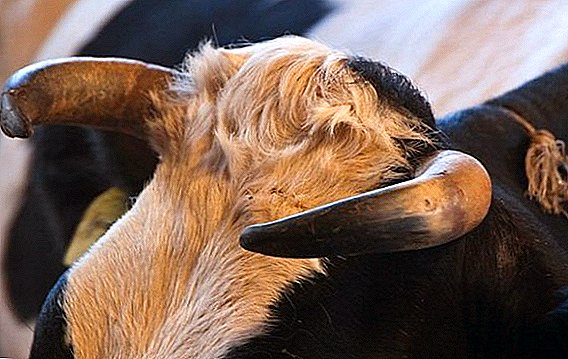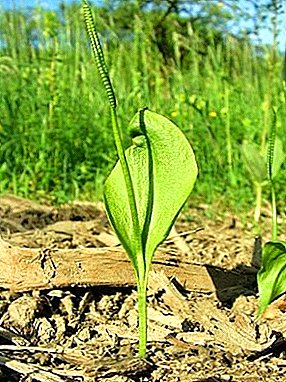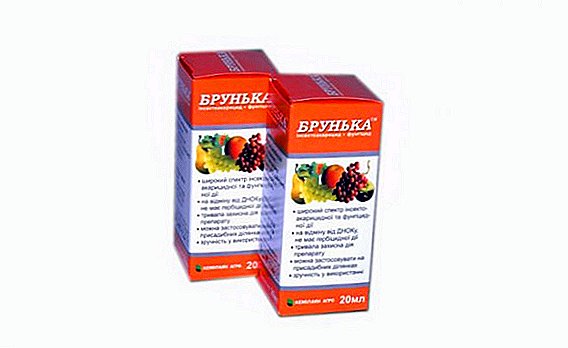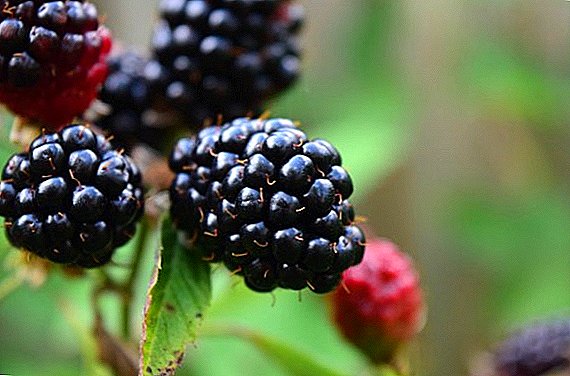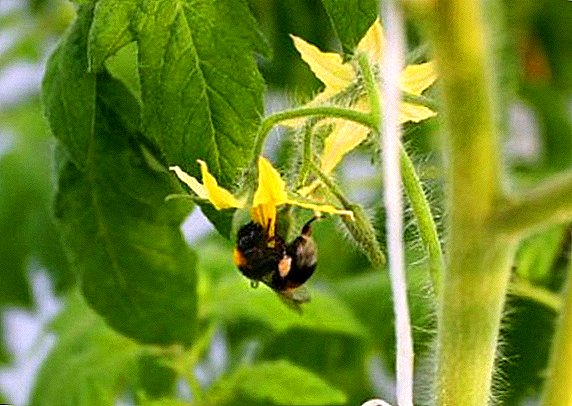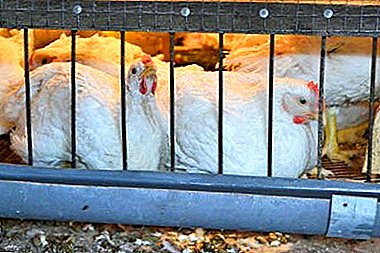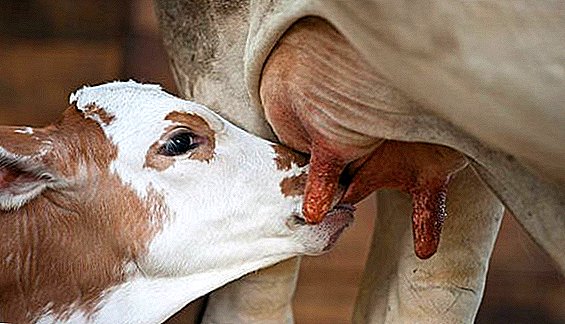 Providing quality care and adhering to the rules for feeding newborn calves is an important part of raising healthy cows and bulls. Many breeders mistakenly assume that it is possible to feed young animals in the same way as adults. This often becomes the cause of the animal various diseases that can lead to its early death.
Providing quality care and adhering to the rules for feeding newborn calves is an important part of raising healthy cows and bulls. Many breeders mistakenly assume that it is possible to feed young animals in the same way as adults. This often becomes the cause of the animal various diseases that can lead to its early death.
In this article we will look at how to properly formulate the diet of a newborn calf and adjust it as you grow up, as well as how to care for your baby.
What to feed calves from the first days of life
The required calf consumption of nutrients is determined by the breed, the average daily weight gain, metabolic rate, which is directly dependent on the age of the animal.
Newborns
The food that is given to the newborn should be high-energy and easily absorbed by an immature organism. The first 10 days after the birth of the calves are fed with colostrum.
It contains a huge amount of vitamins, minerals, the necessary amount of protein, fat and carbohydrates. Colostrum helps the body to protect against pathogens.
Important! The temperature of the colostrum for feeding should be equal to 37 ° C.
The baby receives the first portion of colostrum half an hour after birth in the amount of 1.5-2.5 liters. During the first 4 days, the calf is fed up to 6 times a day. Reducing the frequency of feeding is gradually. By the 10th day, the animal is fed only 3 times a day.  During the day, it eats about 7 kg of food. Colostrum is replaced by mother's milk, later - on the national milk and substitutes. At the 4th week of life, it is allowed to start feeding with boiled potatoes in minced form, liquid oatmeal or decoy, and hay in moderate quantities (not more than 1 kg per day). Do not forget also about clean water, the drinking bowl should not be empty.
During the day, it eats about 7 kg of food. Colostrum is replaced by mother's milk, later - on the national milk and substitutes. At the 4th week of life, it is allowed to start feeding with boiled potatoes in minced form, liquid oatmeal or decoy, and hay in moderate quantities (not more than 1 kg per day). Do not forget also about clean water, the drinking bowl should not be empty.
1 to 3 months
After the first month of life, calves continue to eat milk. Its rate decreases and by the 8th week of life is less than 4 liters per day. Gradually, the reverse and plant foods are introduced into the diet. The return should completely change the milk in the diet.
In the feeders you can add leafy and small-stalked, hay soaked in saline, sifted oatmeal. You can feed your calf with potato peelings, chopped carrots, apples, etc.
Did you know? Duration of lactation in a cow is 10 months.At the 8th week of life, concentrate mixtures of bran, cereals and oilcake are introduced. It is also allowed to add feed. If this period falls in the summer, the addition of fresh herbs to animal feed will be appropriate. The recommended rate is up to 2 kg per day.

Up to 6 months
At the 4th month of life, increase the amount of juicy feed consumed up to 3-4 kg. The rate of skip per day is reduced to 3 liters.
In the 5th month of life, a calf is given during the day:
- 1.5-1.6 kg of concentrated feed;
- 5 kg of fresh grass;
- 2-2.5 kg of hay.
Learn how to choose a calf when buying, as well as what name to come up with.
After 6 months
At the 6th month, the life of the animal begins to be actively fattened. Compound feed must be of high quality, fortified. The rate of concentrated feed per day is 1.6 kg or more.
The volume of fresh herbs in the diet increases to 6.5-7 kg, hay - up to 3-3.5 kg. From the 6th month, the return is no longer given at all, and vegetables and fruits are allowed to be consumed in the same amount as for adult individuals. 
Keeping and caring for calves from birth
Immediately after the birth, the calf is wiped dry and placed in a clean pen or a separate place in the room with mom. Ideal - cage-house. In the first days of life, the litter should be deep and change daily.
Important! Newborns do not tolerate cold and drafts.
The optimum air temperature is + 12 ... +15 ° С. Drastic drops should not be. At the age of 1 month, young animals are transferred to a spacious pen for group housing. The top layer of the litter is changed daily so that it always remains dry, and the deep one 1 time in 3 weeks.
After some time, when the calf got used to the cold content, they begin to take it outside, starting with a 10-minute stay in the open air. In summer, the herd is grazed on a meadow with lush greenery in the early morning and evening. In the peak of the heat animals are not recommended to keep in the sun.
It is better to clean the calf daily. In the warm season, daily swimming will be appropriate. It is also necessary to monitor the state of health of the animal, to conduct regular veterinary examinations and timely provide him with medical care.  It is important to understand that the diets of the newborn, monthly, six-month-old calf and adult individual are different. While the baby eats colostrum and milk, the older ones eat skim milk, mixed fodder and greens, while mature bulls and cows eat hay, grass, vegetables and fruits.
It is important to understand that the diets of the newborn, monthly, six-month-old calf and adult individual are different. While the baby eats colostrum and milk, the older ones eat skim milk, mixed fodder and greens, while mature bulls and cows eat hay, grass, vegetables and fruits.
Did you know? Cows easily remember people's faces. They can recognize the owner even after a six-month separation.Immature offspring at first kept separately, warm. As they grow older, they are transferred to a common pen and hardened. The room for animals should always be clean, like themselves. Do not forget about the need for regular check-ups veterinarian, and the inhabitants of your farm will always be healthy.


